Yeast plant food
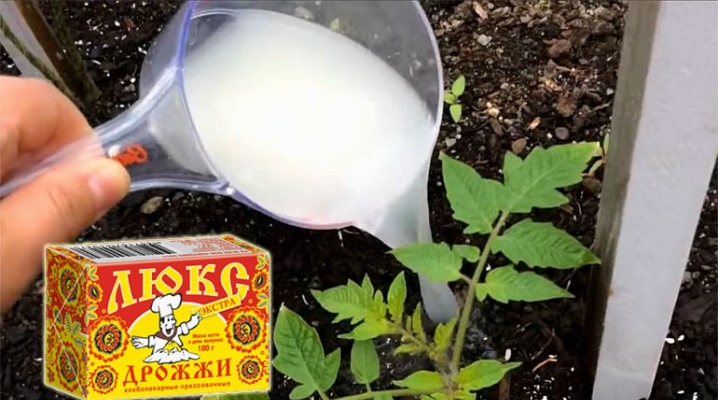
Nutritional yeast is a versatile feed for many crops. The advantages of such a fertilizer include its availability, environmental friendliness and rather high efficiency.
How is yeast good for plants?
Yeast is a single-celled fungus that feeds on sugar and produces carbon dioxide. As a fertilizer in the garden or vegetable garden, they are applied either fresh or dry. Fresh compressed yeast outwardly resembles a brownish plasticine bar that crumbles when broken. Dry yeast - beige granules, usually sold packaged in sachets.
Yeast dressing brings significant benefits to plantings, accelerating their growth and increasing the number of fruits. The environmentally friendly fertilizer contains proteins, amino acids, important trace elements and active substances, including iron, zinc and manganese.


Getting into the soil, yeast solutions correct its structure, suppress harmful microflora and contribute to the emergence of useful. The plus is that this organic matter can be used in the country throughout the season, both outdoors and in a greenhouse.
When yeast is introduced into the soil, a number of plants begin to rapidly build up green mass. Their roots grow stronger and acquire lateral shoots, and the number of ovaries increases significantly. As a result, the fruits are tastier and grow in larger quantities.
The culture's immunity improves, and it begins to better tolerate temperature fluctuations and weather changes. It is also believed that such plants are less sick and suffer from the effects of insects.
It should be mentioned that, judging by the reviews, the effect of the yeast solution appears approximately 10-12 days after the first application.

A universal recipe for making fertilizer
There are two main ways to prepare a solution from yeast, the choice of which is determined depending on the type of product used.
Fresh yeast
To make a mash from raw yeast, you need 200 grams of the main product and a liter of water. The crushed briquette will need to be poured with liquid, mixed thoroughly and allowed to brew for a couple of hours. The finished infusion is poured into a deep container and brought with clean water to a volume of 10 liters. Fresh yeast does not require additional activation with granulated sugar, but it can still be added to enhance the fermentation effect. The present solution is applied immediately when ready.

From dry
Dry yeast should be diluted with clean water in a proportion of 10 grams per 10 liters, then 2 tablespoons of sweetener are added to the components. Top dressing is infused for a couple of hours in a place protected from drafts, after which it is immediately used. By the way, the foam that appears on the surface will say that the yeast is active.
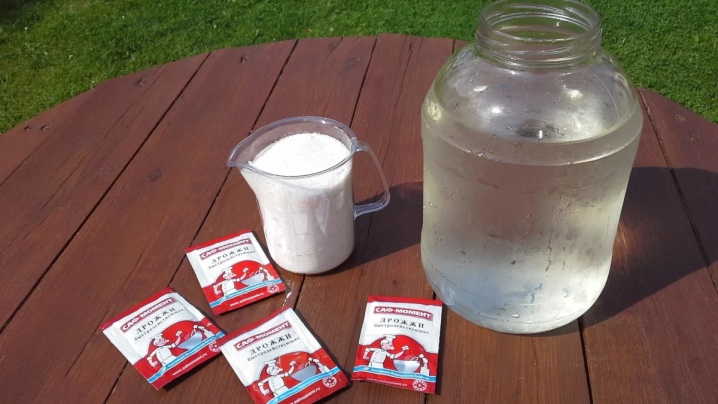
The standard fertilizer can be supplemented with a number of organic ingredients. For example, it can be ash, which provides the crops with the required calcium and potassium. In a similar recipe, 100 grams of fresh product is stirred in 10 liters of warm water and supplemented with 500 grams of sifted ash. After the components are thoroughly mixed and a little infused, the mixture can be taken for watering, using a liter of fertilizer for each plant.
Milk or whey can also be used instead of water. 100 grams of fresh or 10 grams of dry product are introduced into a liter of liquid. After a two-hour infusion, a kilogram of crackers is added to them, and everything is diluted with water to 5 liters. Further, the top dressing should stay under pressure for about 7 days, and the leaven will have to be stirred with a wooden stick or spatula 2-3 times a day. Before using on the beds, every 200 grams of the solution will need to be dissolved in 5 liters of clean water.
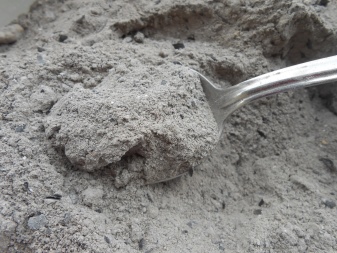
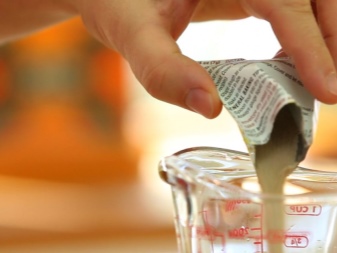
Finally, a universal solution can be made more effective if you supplement it with nettles. The plant is finely chopped and used to fill half of the 70 liter container. 500 grams of crackers are added to the mixture and everything is poured with warm water, in which 500 grams of live yeast have already been diluted. The mixture will be ready for use in a day. It is worth recalling that fungi should always be cultivated with water heated to a temperature of 25-40 degrees. More or less degrees will not allow them to activate or simply destroy them.
Good results can be achieved by multivitamin feeding based on raw fungi. In a container with a volume of at least 40 liters, 400 grams of yeast, 300 grams of wood ash, a couple of kilograms of mullein and a bucket of chopped nettle are placed. All products are filled with 40 liters of water and left for 14 days in a well-lit place. The fermenting substance needs to be stirred regularly. Before applying fertilizer to the soil, it will be necessary to dilute it in a ratio of 1 to 10.
Fertilizer containing chicken manure is useful for many crops. In a 10-liter container, 10 grams of dry fungi, 5 tablespoons of granulated sugar, 500 grams of bird droppings and the same amount of wood ash are mixed. All components are poured with 10 liters of heated liquid, mixed and infused for 2-3 hours. Before the procedure, the composition will remain to be diluted with water in a ratio of 1 to 10.
In order not to burn the plant, the liquid should be poured at a distance of at least 8 centimeters from the bushes.
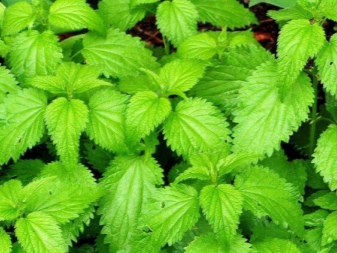
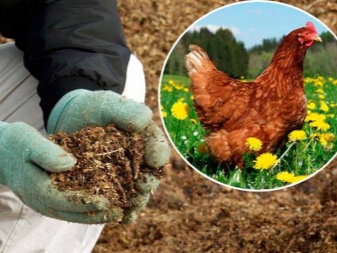
How to feed crops?
Despite the fact that yeast feeding is usually used for cucumbers and tomatoes, many other crops also respond positively to it. It should be mentioned that the yeast solution will also be useful for rooting cuttings. Having created a product based on a dry product according to a universal recipe, it will be necessary to soak the branches in it for about 24 hours. After the above period, the cuttings are removed, washed and put into a container with clean water. If everything is done correctly, then soon roots will hatch at the places of thickening at the base.
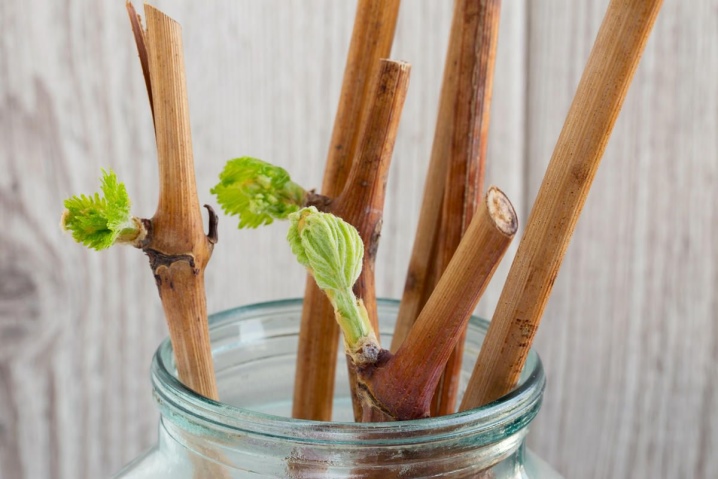
Zucchini
Yeast fertilizers are suitable for zucchini, especially when combined with ash. As a result of use, the culture will begin to actively build up the root system, on which the further formation of the crop depends. Experts recommend diluting 100 grams of raw product in 500 milliliters of warm water. After a couple of hours, the starter culture will need to be combined with a bucket of water, after which you can proceed to irrigate the culture. In addition, you can pour a bag of dry powder into 10 liters of warm water, add 3 tablespoons of sweetener to the mixture and insist the resulting top dressing in a warm place for about 2 hours.
This fertilizer is recommended to be used during the flowering and fruiting of the crop, combining with wood ash or crushed eggshells. The latter is carried out to achieve the required level of calcium in the soil. Zucchini should be processed in warm weather, as there is no benefit from yeast in cold weather.
Yeast dressing is applied with care to avoid getting on flowers and leaf plates.
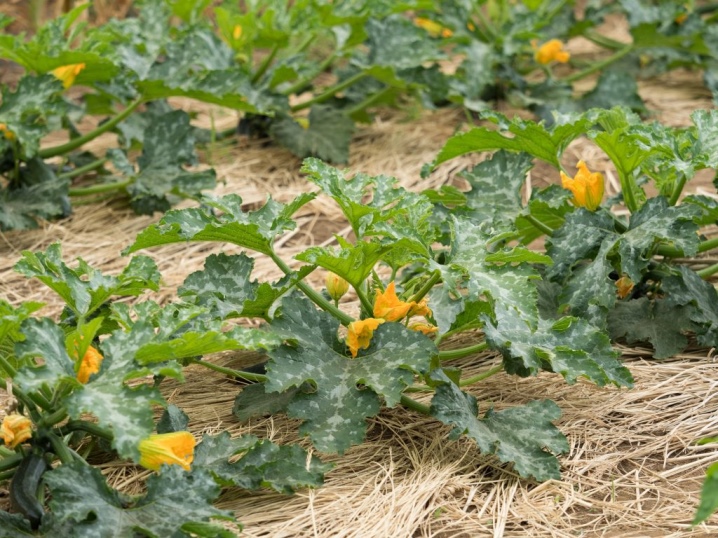
Eggplant
They love yeast and eggplant, the recipe for feeding which will be relevant for sweet peppers.
- You will be able to make a "herbal cocktail" with yeast, which is based on a bucket of various plants: plantain, nettle, hops and others.500 grams of bread or crumbs and the same amount of yeast are added to the main component. The mixture is filled with 50 liters of water and left to infuse for two days.
- A good fertilizer will be obtained from 100 grams of raw yeast, 50-70 grams of sugar, 500 milliliters of wood ash and the same amount of chicken manure extract. All components are filled with 10 liters of water and used in a volume of 2 liters per plant. By the way, granulated sugar in this recipe can be replaced with dried fruits or raisins.
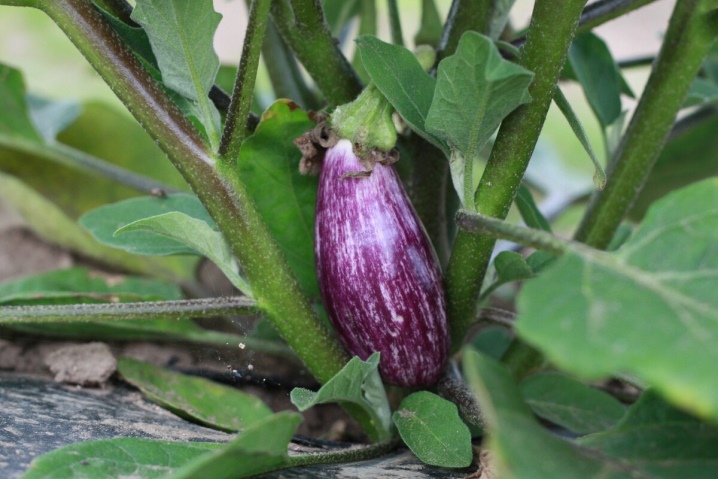
Beet
For beets, a universal top dressing will be useful: 200 grams of raw product are ground and poured with a liter of warm water. The composition is mixed, infused and diluted with 10 liters of warm liquid before use. Each square meter of planting is treated with 3 liters of solution.
This fertilizer can be applied three times per season at regular intervals. It is more convenient to water with yeast using a regular watering can in the evening.
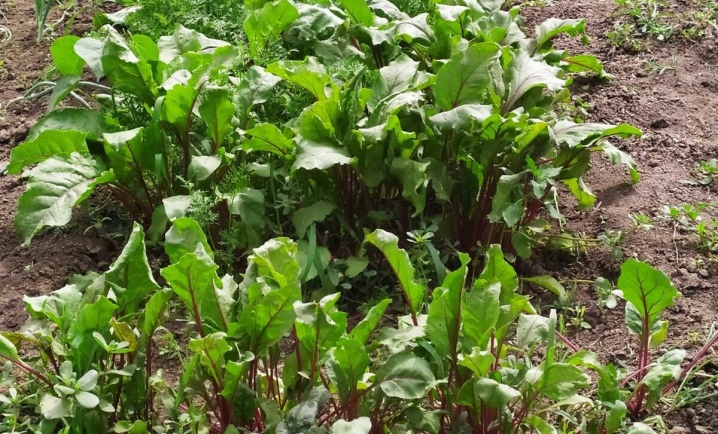
Carrot
To feed the carrots, you will need to crush the pressed briquette into a bucket filled with warm liquid. After mixing the mixture, you will need to pour a few tablespoons of sugar into it. This fertilizer is used after daily infusion. Watering is carried out on a warm day, the norm – at least 500 milliliters of useful moisture at the root.
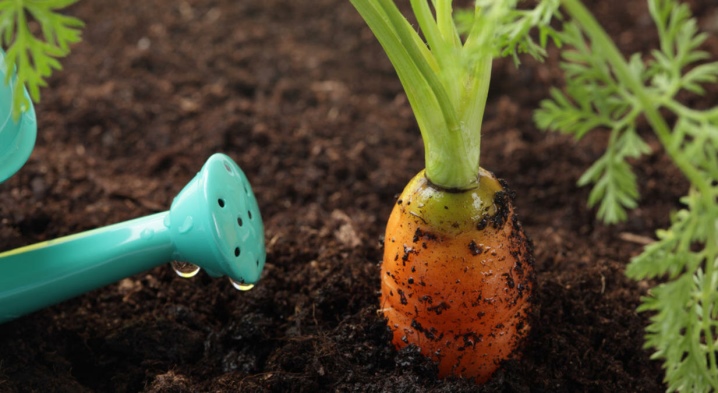
Raspberries
For raspberries, feeding with both dry and raw yeast is suitable. It is easier, of course, to use a packaged mixture: Pour 10 grams of granules and 5 tablespoons of granulated sugar with 10 liters of water at room temperature. After the mixture has been infused for a couple of hours, it will need to be diluted with water in a 1: 5 ratio. Fertilizer should be applied to a well-warmed soil.
The solution should be fresh and it is better to combine it with the application of ash to the soil.
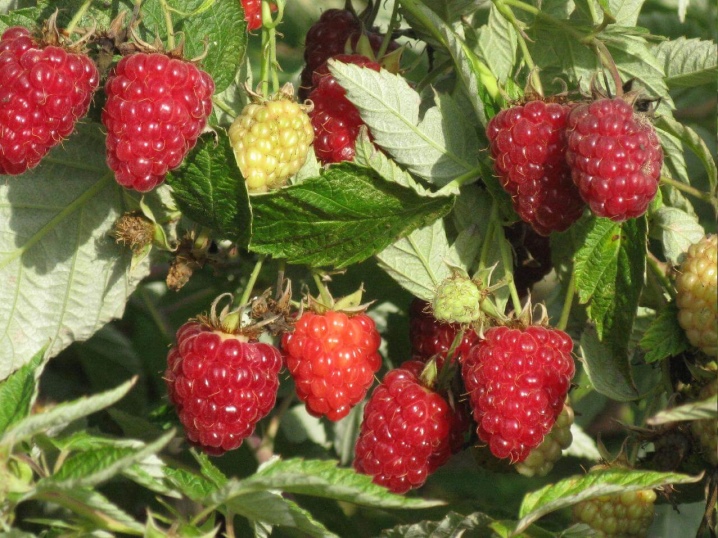
Grape
Yeast dressing for grapes is used a couple of times per season. In a 5-liter bucket, baker's yeast is first dissolved, after which 2 tablespoons of jam are added there. The mixed mixture should ferment for about 2 hours in the sun, after which every 0.5 liters of it will have to be diluted in 10 liters of water.

Flowers
Peonies, lilies and petunias will grow better after yeast fertilization. In addition to the main ingredients, you can add pieces of buns, croutons, potato tops and hops to the mixture. All components in the amount of 250 grams are first poured with a liter of water, and then set aside for an hour. The finished mixture is diluted with water in a ratio of 1 to 9. A mixture of 10 grams of dry yeast, 2 tablespoons of sugar, 2 grams of ascorbic acid and 10 liters of water at room temperature will also be effective.
The solution, of course, can only be used after insisting for several hours.


Other
Feeding other crops, for example, currants or watermelons, is carried out according to similar schemes. However, this product will not work for the same potatoes or onions. Fertilizer, on the other hand, will spoil their taste and significantly reduce the shelf life. A special dressing is prepared for cucumbers in the flowering period. In addition to 500 grams of raw yeast, the same amount of bread crumb is used for it, as well as a mixture of chopped quinoa, nettle, chamomile and dandelion in an amount of 0.5 kg and 10 liters of warm water.
The ingredients are added in stages: first, the fungi are diluted with a small volume of warm water, then bread is added to them, and then herbs. Everything is filled with the remaining water and set aside for a couple of days. After that, this fertilizer is poured directly under the root without additional dilution.

A "dish" for cabbage is prepared from 12 grams of dry granules and 100 grams of sugar, which are poured into a 3-liter jar and filled with warm water. The mixture should be infused for a week, after which every 250 milliliters will need to be diluted in 10 liters of water.
Raw yeast is more suitable for strawberries. A briquette weighing 100 grams must be poured with 5 liters of water.After the yeast has been fermented for 24 hours, every 0.5 liters will need to be supplemented with 10 liters of water. Pour 0.5 liters of fertilizer under each berry bush.
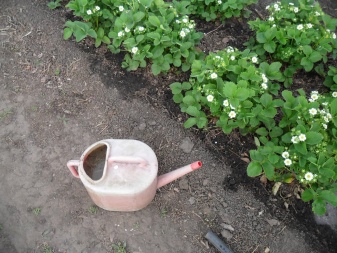
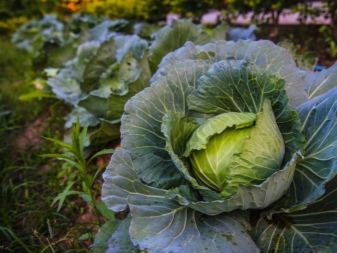
How to deposit correctly?
The application of fungal dressing in the open field is carried out on a warm sunny day. The optimum soil temperature should not be lower than 12-15 degrees, and the air temperature should not be higher than 33 degrees. In general, the optimal indicator of the latter is 21-23 degrees. This means that if at the end of May or at the beginning of June the soil has not yet warmed up, and the warm weather has not been established, the use of yeast will not bring any benefit. Of course, the yeast itself must be fresh.
If milk is present in the recipe, then fresh product is taken. In no case should you take a pasteurized variety or one with a long shelf life, as they are rich in additives that negatively affect the growth of vegetables.

Watering
The soil should be watered with yeast solution after it has been watered with plain water. The use of this fertilizer cannot be combined with other organic fertilizers. For adult plants, it is customary to use a fermented mixture, while for seedlings, a fresher one is suitable. The liquid should always be directed to the root.
In general, gardeners recommend using yeast only on those soils that are rich in organic matter, for example, which have already been fed with compost, vermicompost or rotted manure in the amount of two buckets per square meter. Before the introduction of organic matter, you should also saturate the earth with preparations containing calcium and potassium. Alternatively, it can be a liter of wood ash or a tablespoon of potassium sulfate.
The procedure is optimally carried out a couple of times per season. The first time the yeast is introduced after planting the culture, and the second time - weeks after 2-3. The third time is permissible only if the plant is not sick with anything.
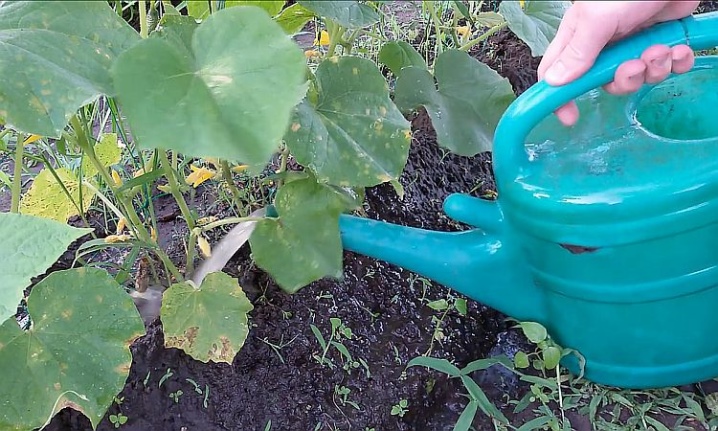
Spraying
Foliar dressing is carried out once a season to strengthen young or weak plants. You can use both a universal mixture and a more complex one, for example, containing potato tops.
To create it, fresh green mass is used in the amount of 600 grams or dry in the amount of 300 grams. The plant is poured with 5 liters of water, 100 grams of the fungus are added to it. Letting the mixture brew in a warm place for 4 hours, it will need to be filtered. Such a "dish" will not only fertilize the crop, but also scare away some insects.
Milk and yeast dressing is also suitable for spraying tomatoes. Its preparation begins with the fact that 100 grams of briquetted yeast are dissolved in 3 liters of warmed milk whey. When 6 hours have passed and the mixture has time to ferment, it can be drained into a 10 liter bucket and diluted with water to full volume. In the finished 10 liters of top dressing, 25 drops of iodine are introduced.
This fertilizer will nourish tomatoes and protect them from late blight.
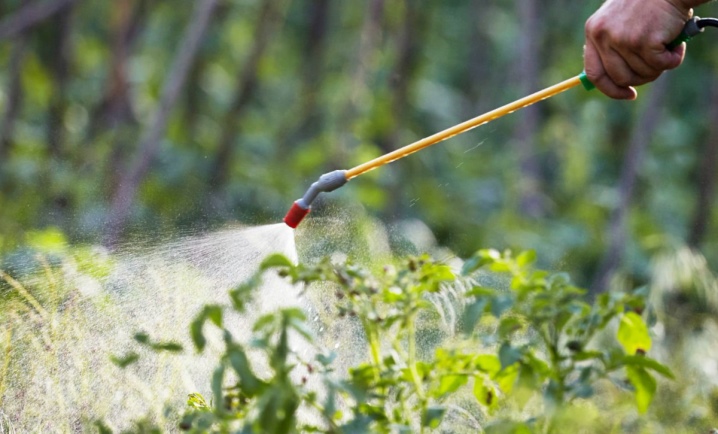
The following video will tell you how to prepare yeast plant food.













The comment was sent successfully.